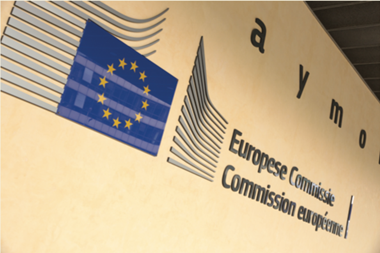With two days to go before the deadline, the Swedish financial supervisory agency has now received applications from six of the country’s pension funds to convert to the new status of occupational pension company (tjänstepensionsföretag) under the new IORP II-based regulatory regime.
The new act on occupational pension companies (2019:742), which puts the EU directive into Swedish law, was passed by the country’s parliament (Riksdag) in December following a long period of wrangling between stakeholders.
The authority, Finansinspektionen (FI), confirmed to IPE that Kyrkans Pensionskassa, the pension fund for the Swedish Church; Försäkringsbranschens Pensionskassa (FPK) the pension fund for the insurance industry; Sparinstitutens Pensionskassa (SPK), the pension fund for savings institutions; and PP Pensions Försäkringsförening, which covers media workers, had applied for conversion to occupational pension companies.
Applications from these four funds were followed this week by filings from the pension fund of Swedish bank Handelsbanken, Pensionskassan SHB, and the Volvo staff pension fund VFF Pension, FI said. The deadline for receipt of applications is 30 April.
In their draft form, the new rules were criticised by the Occupational Pension Fund Association (Tjänstepensionsförbundet) for being too heavily based on Solvency II, leading to an unnecessarily high administrative burden, high costs and regulations for the funds.
Magnus Billing, chief executive officer of Sweden’s biggest pension fund Alecta, has said the EU’s IORP II regulatory framework is not necessarily relevant to Swedish labour-market pensions, and high risk-free capital requirements could end up weakening protection for consumers rather than bolstering safeguards.
But even though the Finance Committee was still demanding major changes to the bill, the Riksdag adopted the new legislation, with the rules coming into force on 15 December.
Sweden was facing possible penalties from the European Commission for its delay in implementing the IORP II directive.
Under the new law, pension funds in Sweden that do not apply for conversion to occupational pension companies will liquidate unless they apply for a conversion to fall under Solvency II regulation, according to FI.
Pension schemes with insurance business other than occupational pension services, might be forced to choose Solvency II for their total business under the new regulatory set up, according to Gunnar Dahlfors, head of analysis at Mercer Sweden.
“Otherwise they would be regulated by both IORP II and Solvency II, which is regarded as too complex,” he said.
Dahlfors said the conversion into occupational pension companies will impact two main areas for pension funds – capital requirements and risk management.
“We don’t expect much change in the capital requirement area as the ‘traffic light’ stress test which has been in place here for the past 20 years is quite similar in nature to both IORP II and Solvency II,” he said.
“The increased resources required for the risk functions are likely to be less popular with pension schemes due to the cost impact,” Dahlfors said.




















No comments yet